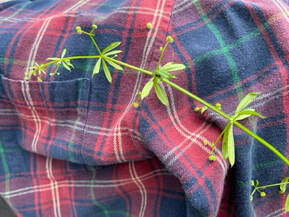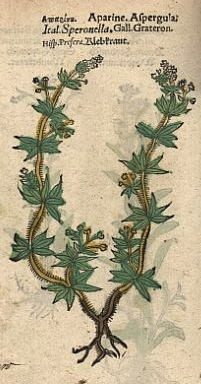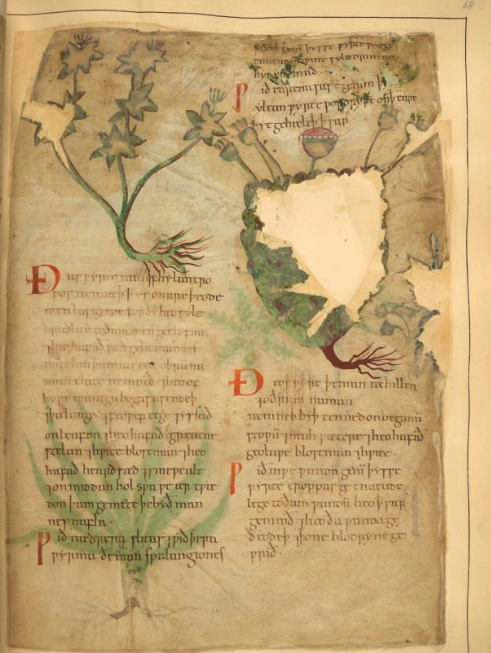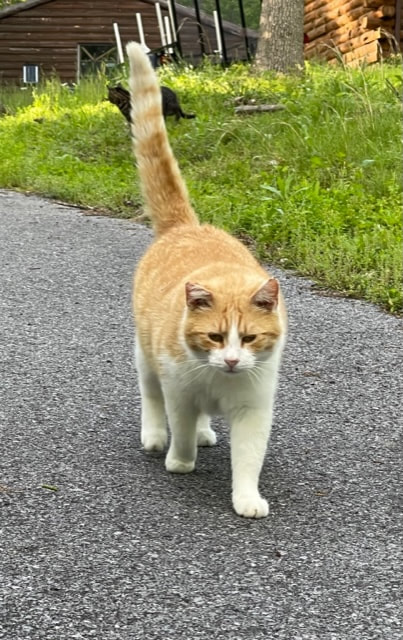
Disclaimer: I am an amateur at woodscraft and herblore. Nothing below should be taken as advice or recommendations. I am merely experimenting. Please do your own research before consuming or using any plant for medicinal purposes.
When I was young we called the fruit of this plant Hitchhikers because they would hitch a ride on your pant legs. This plant has also been called Goosegrass, Cleaverwort and Catchweed. Another term for it is Bedstraw and it is related to both Lady’s Bedstraw and Madder which produce red dyes.
The plant is native to Europe, North Africa and Asia, and has been naturalized in North America and elsewhere.
When I was young we called the fruit of this plant Hitchhikers because they would hitch a ride on your pant legs. This plant has also been called Goosegrass, Cleaverwort and Catchweed. Another term for it is Bedstraw and it is related to both Lady’s Bedstraw and Madder which produce red dyes.
The plant is native to Europe, North Africa and Asia, and has been naturalized in North America and elsewhere.
I can honestly say, that despite being very familiar with Lady’s Bedstraw as a dyeing agent, I never actually made the connection between the name and the historic use of using these plants as stuffing in mattresses and cushions. But while walking in part of the yard that was completely full of this plant, I realized that the loftiness that it creates when locked together would be pretty brilliant for that purpose. I read in a few online sources that it was believed that the Virgin Mary used this plant as bedding for her son in the manger. I cannot find anything to verify how long people have believed that, but did discover that the plant is native to that region so I guess it is plausible? I have already gathered a fair amount of this from the yard and coiled it into small nests as I pulled it and plan to stuff a cushion with it once they have died out.
Peterson’s Guide to Edible plants states that this plant is edible, preferably the young shoots added to salads or boiled for 10-15 minutes. (p50) The most impressive part though is that this plant is related to coffee. Those pesky seeds (once they are dry on the stem) can apparently be roasted and ground to create a very coffee-like brew that even has some caffeine. While I have found nothing to suggest that that is period at all, I do plan to test it out later this summer once the seeds have matured. The guide for medicinal use (p50) states that among other things, it was historically used for kidney inflammation and stones and that it was used for scurvy as well (which makes sense given that there is citric acid in it).
The warnings I most often see for this one is that some individuals can get contact dermatitis from this juice of the plant.
Peterson’s Guide to Edible plants states that this plant is edible, preferably the young shoots added to salads or boiled for 10-15 minutes. (p50) The most impressive part though is that this plant is related to coffee. Those pesky seeds (once they are dry on the stem) can apparently be roasted and ground to create a very coffee-like brew that even has some caffeine. While I have found nothing to suggest that that is period at all, I do plan to test it out later this summer once the seeds have matured. The guide for medicinal use (p50) states that among other things, it was historically used for kidney inflammation and stones and that it was used for scurvy as well (which makes sense given that there is citric acid in it).
The warnings I most often see for this one is that some individuals can get contact dermatitis from this juice of the plant.
The Old English Herbarium (10-11th Century) recommends mixing the juice from this plant with wine to cure spider or snake bites and to drip the juice in the ear for an earache.
Turner’s Herbal (1551CE) as well as other sources mention this plant’s use as a strainer for milk in the country, to clear it of straw or other items that might fall into it. THAT has a very viable possibility as a future project as well.
Knowing that this comes from the madder family, and seeing the numerous sources online that claim the older roots do indeed serve as a source of red dye, I immediately thought that that could become another project for this plant. Sadly, as I was pulling this plant in the yard I discovered that not a single one brought up the roots when pulled. The base of the stem is thin and weak and just pulled off. To obtain roots one would have to dig for them and I don’t know that really would make it a reasonably period source for the dye given that it is supposed to be much weaker than Lady’s Bedstraw. If I can collect some, I might still try it, but I am no longer eyeing that up as a possibility.
Despite the numerous historic or modern uses, I am convinced that this plant actually only serves one purpose in the universe, and that is for me to spend over half the year pulling those hitchhikers off of this guy’s undercarriage.
Turner’s Herbal (1551CE) as well as other sources mention this plant’s use as a strainer for milk in the country, to clear it of straw or other items that might fall into it. THAT has a very viable possibility as a future project as well.
Knowing that this comes from the madder family, and seeing the numerous sources online that claim the older roots do indeed serve as a source of red dye, I immediately thought that that could become another project for this plant. Sadly, as I was pulling this plant in the yard I discovered that not a single one brought up the roots when pulled. The base of the stem is thin and weak and just pulled off. To obtain roots one would have to dig for them and I don’t know that really would make it a reasonably period source for the dye given that it is supposed to be much weaker than Lady’s Bedstraw. If I can collect some, I might still try it, but I am no longer eyeing that up as a possibility.
Despite the numerous historic or modern uses, I am convinced that this plant actually only serves one purpose in the universe, and that is for me to spend over half the year pulling those hitchhikers off of this guy’s undercarriage.
Persona Summary:
- This plant was likely known to a 14th Century Forester in England
- The understood properties in period might have been something that person had come across
- Plausible foraged food source, potentially used in pottages and the like
- It is possible that home goods such as cushions or mattresses could have been stuffed with this plant matter
- Dry the plant and stuff a cushion with it to test out (Completed and can be seen HERE )
- Add the greens to a pottage
- Craft a sieve for straining liquids
- Roast the seeds when dry to make ‘coffee’ (modern, but I have to try it, lol)
List of Resources can be found HERE



 RSS Feed
RSS Feed